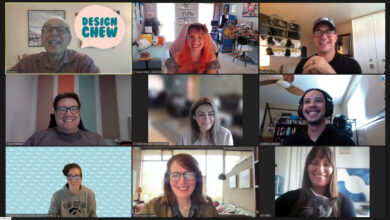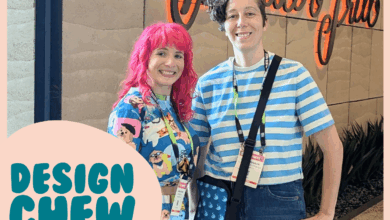
When I’m traveling to shows and meeting with other printers, I often get questions about what system we use for bookkeeping. Some shops use Quickbooks, which integrates directly with management tools to keep track of the day-to-day items.
The issue we face with day-to-day bookkeeping is that we must think about cost accounting and accrual accounting. Largely, we pay our vendors on net terms, meaning we have 30/60/90-day terms to pay for our goods sold. However, when some of our smaller vendors accept credit cards with no additional fees, we will pay them via our company credit card to get extra points. This often causes us to have to do some very fine detail bookkeeping to see how profitable we are in a given month.
To be 100 percent accurate, you need to look at profitability per job over a period. For growing shops, this can get tricky very quickly. Instead, I have developed a simple formula to make sure we are constantly profitable. I call it “covering our nut” on a daily basis by knowing exactly what we need to do to stay profitable. Continuously doing this day after day will lead to a profitable month and year.
To start out, look at your business as variable costs versus fixed costs. Fixed costs are the costs necessary to run your business without printing a single shirt, also known as the overhead of the business. Let’s look at some sample numbers to keep it simple. At first, you might not necessarily know why an item is a fixed cost, but let’s work through this.
Tally up all fixed costs for a year and divide by 12 months to get a monthly cost of keeping your business open:

Now we know how much it costs us to run our business on a monthly basis without printing a single shirt. As we can see, that number can add up quickly. Take that monthly number, and divide it by how many working days you keep your shop open each month. Assume you are open 21 days every month (exclude weekends), and you have a raw number of $777 for fixed costs. This is the amount that needs to be covered to keep your business afloat every day. By taking that number into account, you can quickly calculate the profit on a job per day to see if you are making money.
Let’s see this in action:
Your automatic press is going to do a 200-piece job. Shirts are $2 per job, and you are selling them for $7. That’s $5 of gross profit per shirt. So that job right there will generate $1,000 of gross profit. You have “covered your nut” for the day and are now in the green. Every job thereafter is profitable to your business.
Where this can get tricky is when you start lowering your prices to see if you can beat out the competition. Then again, this is why some businesses offer very cheap apparel during slow seasons-because it is important to stay afloat every single day.
It is also important that you take time into consideration. This becomes especially important when you dive into contract printing. If you are not set up to contract print, be careful because it is a slippery slope! You might think that making 75 cents per print is profitable, but if a job takes all day and you only made $150 in a half day’s work of printing 200 shirts, you haven’t even covered “half the nut.”
Every few days, I take that special number and quickly do a sample of the jobs we’ve done to see what our gross profits are. If they don’t “cover the nut” I take a closer look at specific jobs and see where we can improve. Should we not have taken that job that required an intense amount of flashing and setup? Or is there a production issue I need to investigate?
I’m not an accountant, as most of us aren’t, so use this as a simple practice to complement your bookkeeping while keeping a gauge on your estimated profitability.



